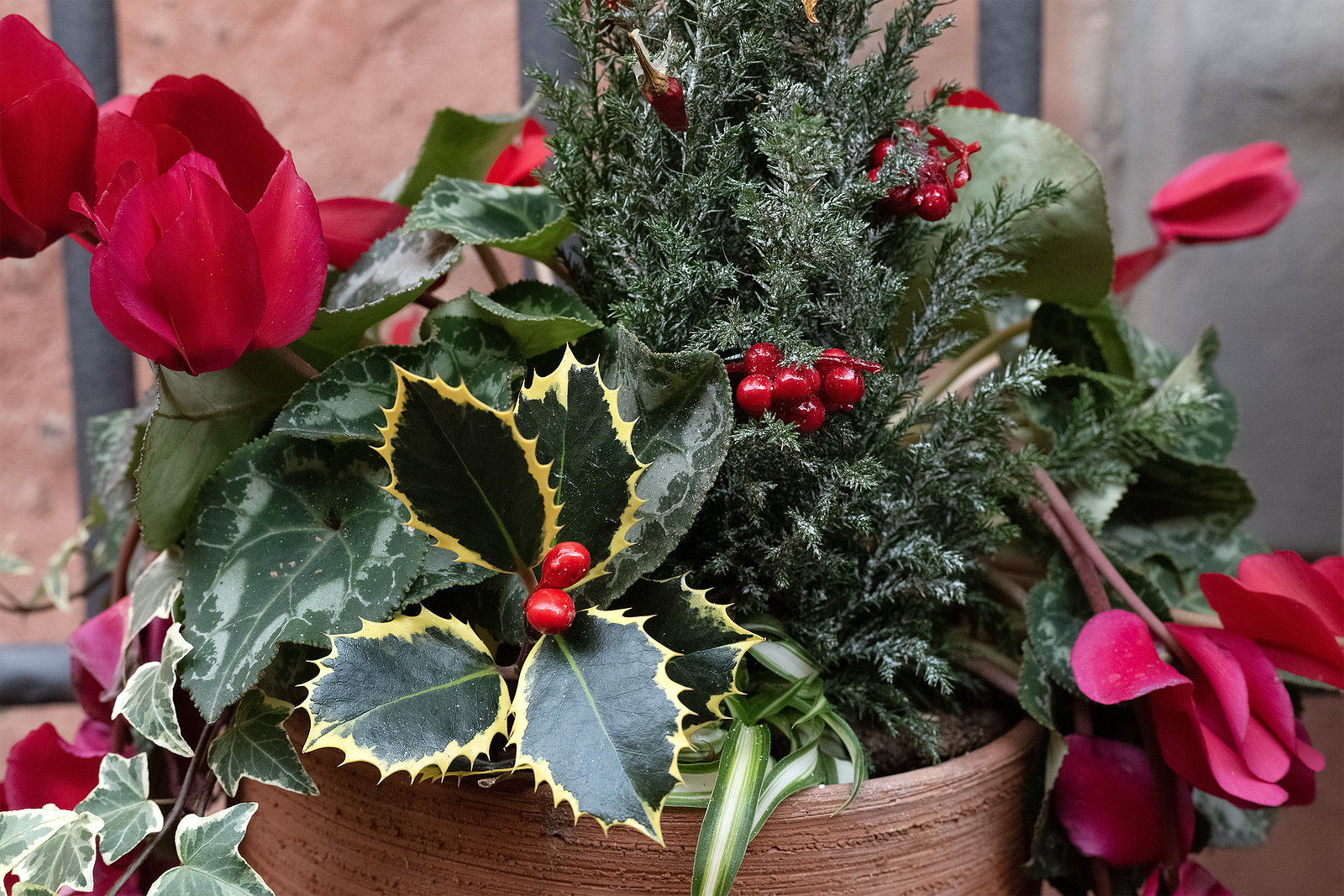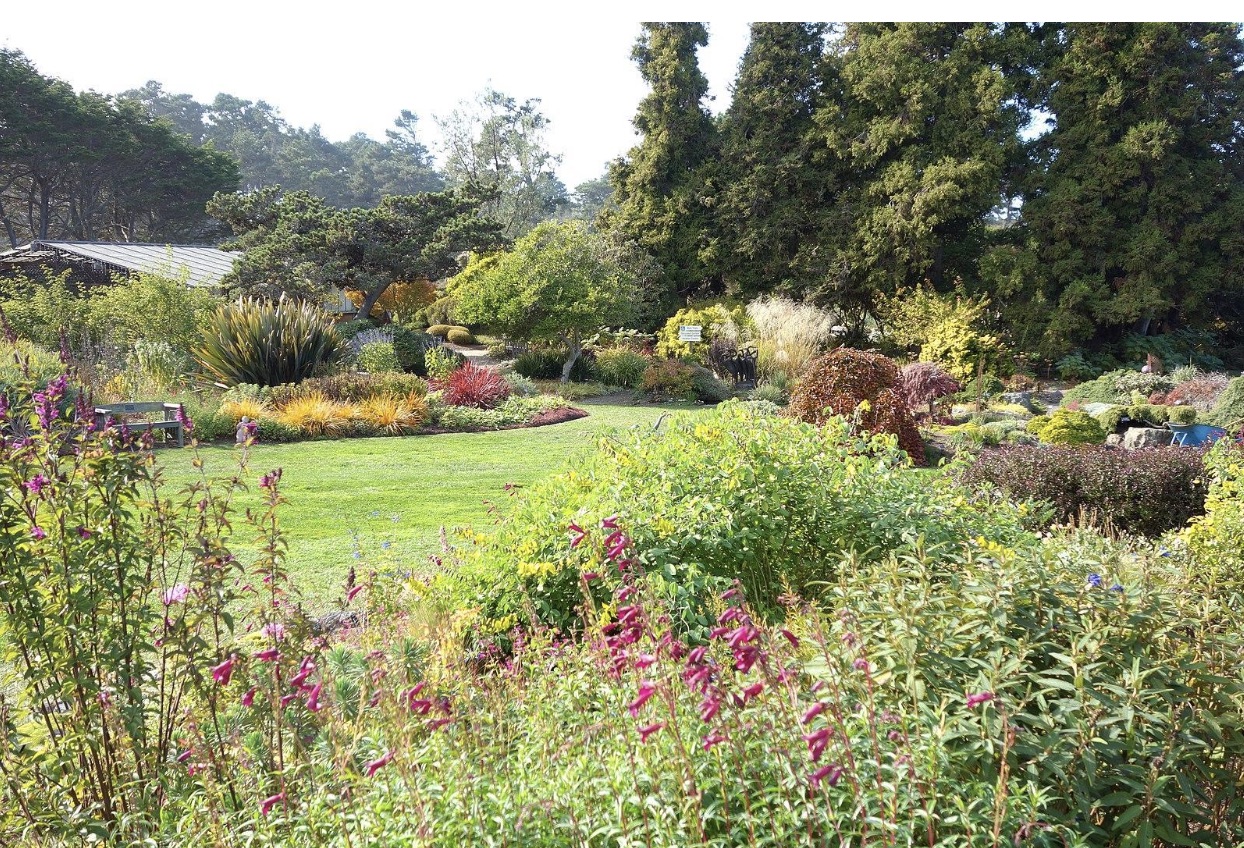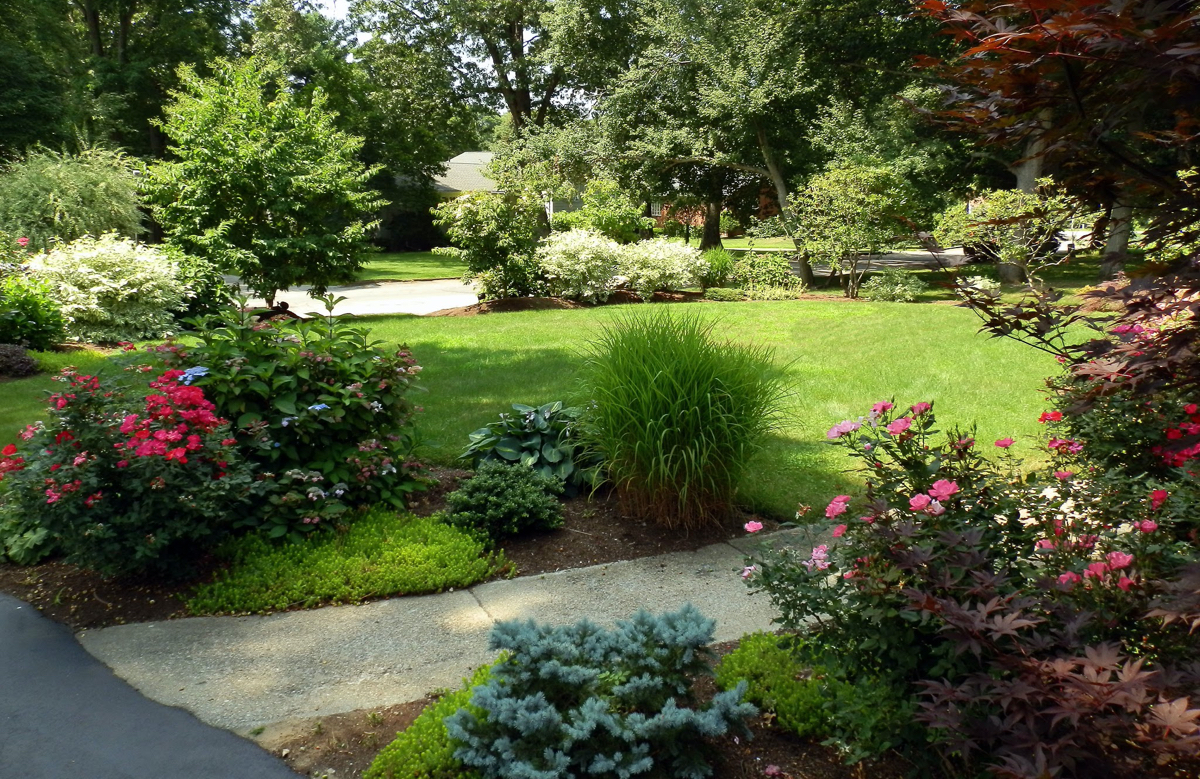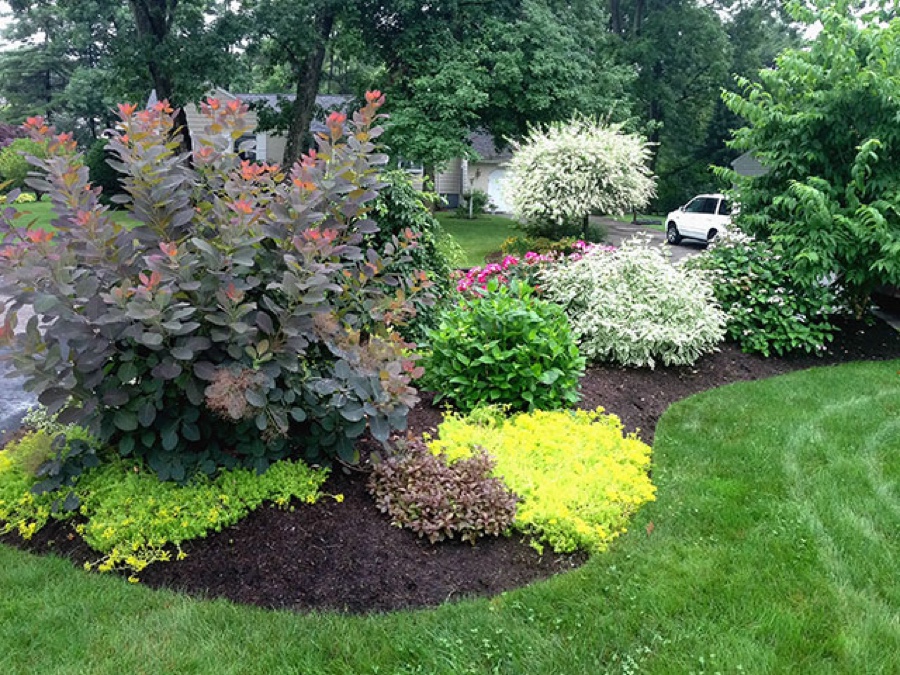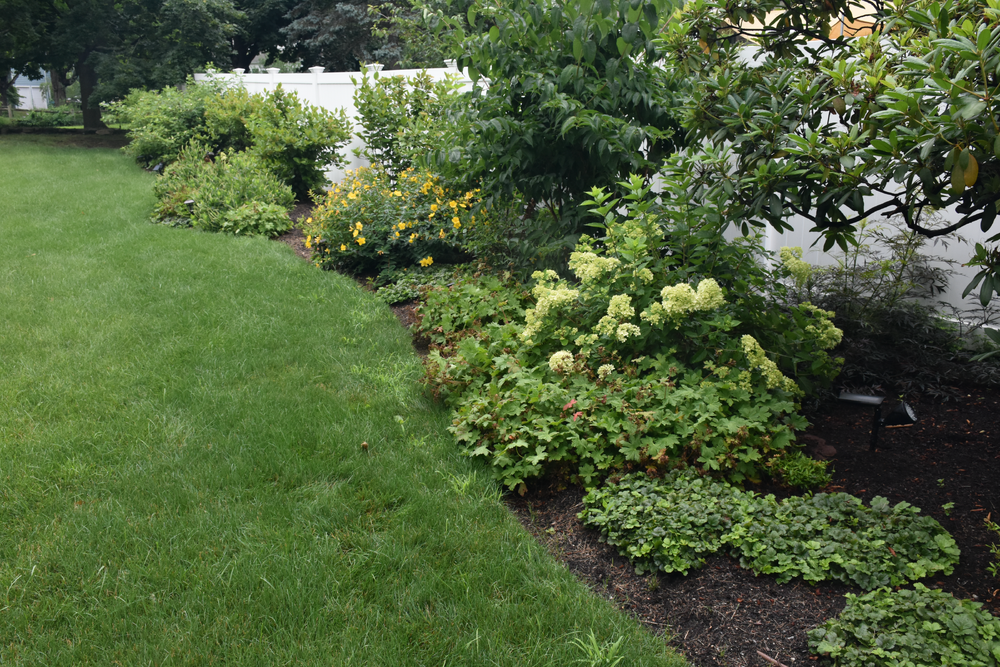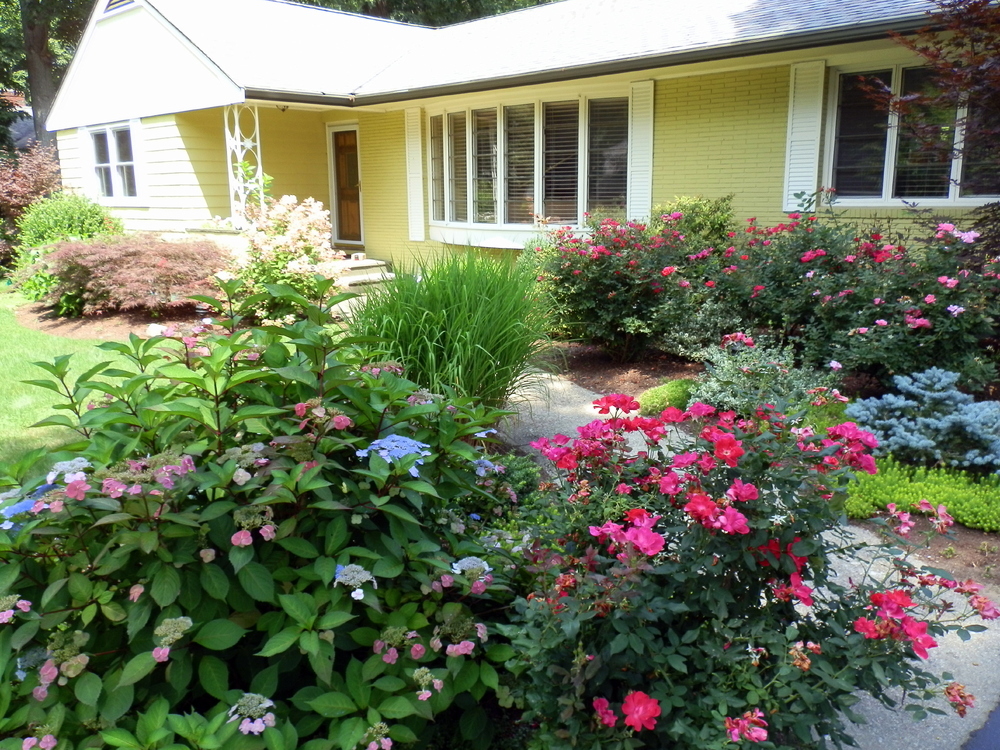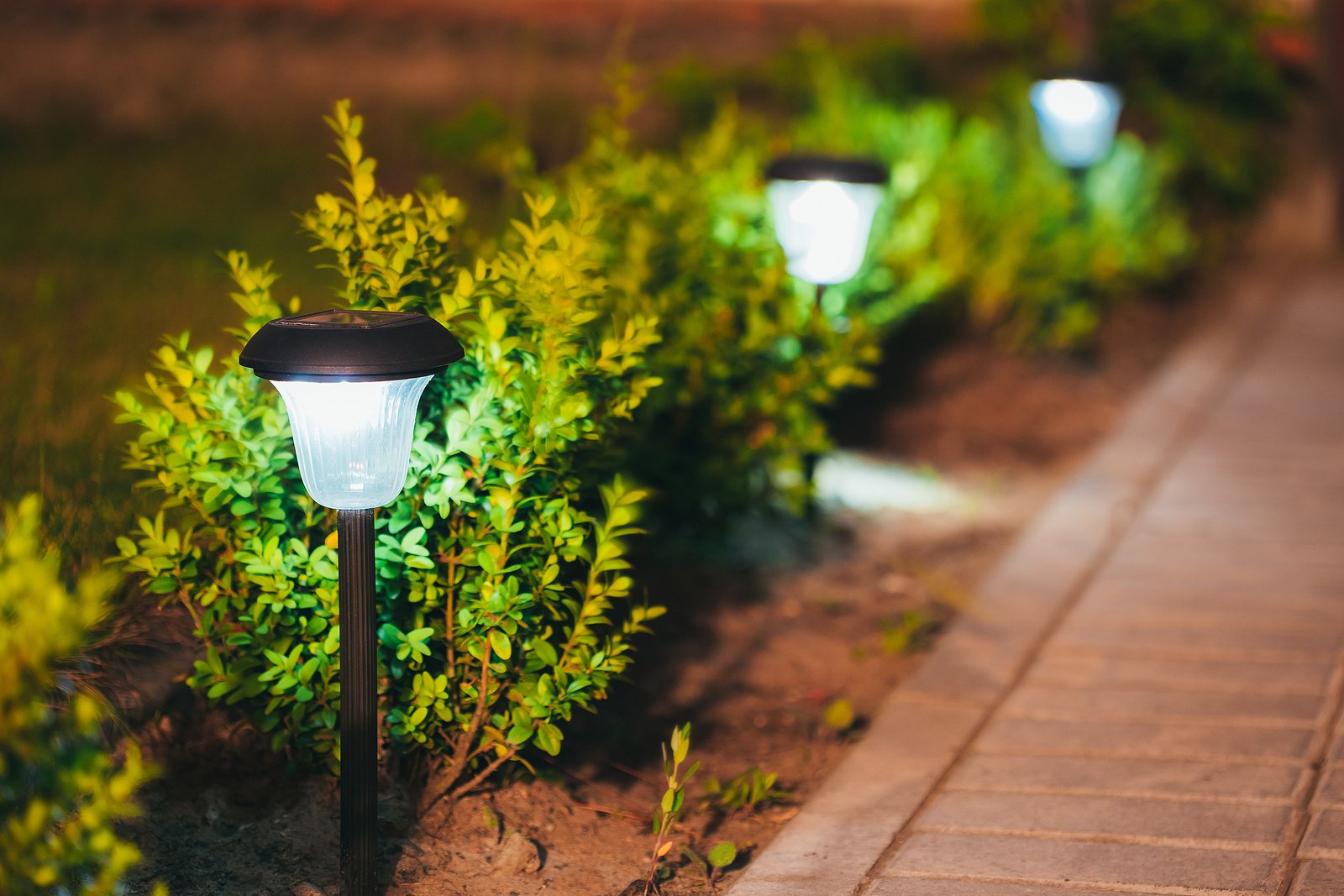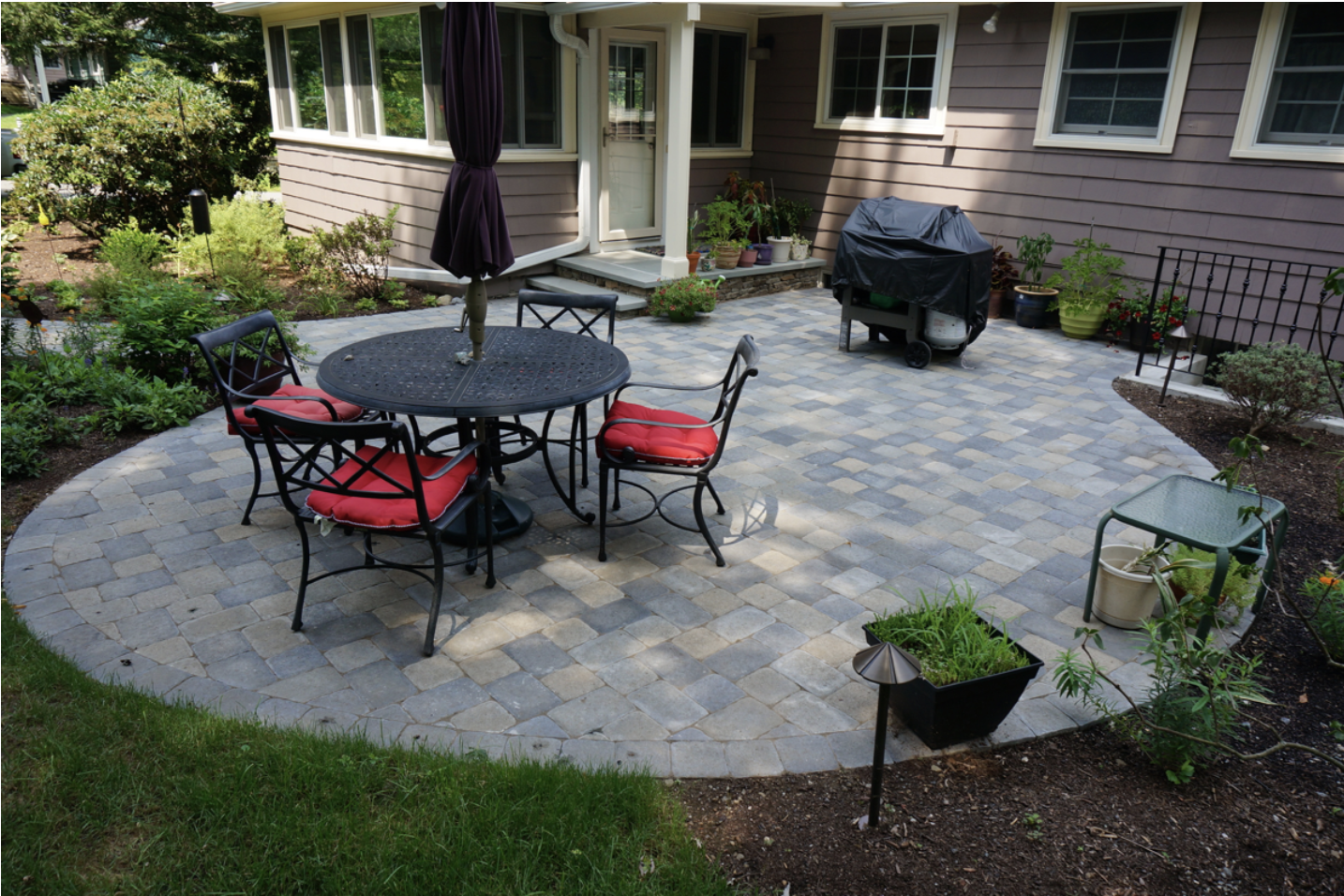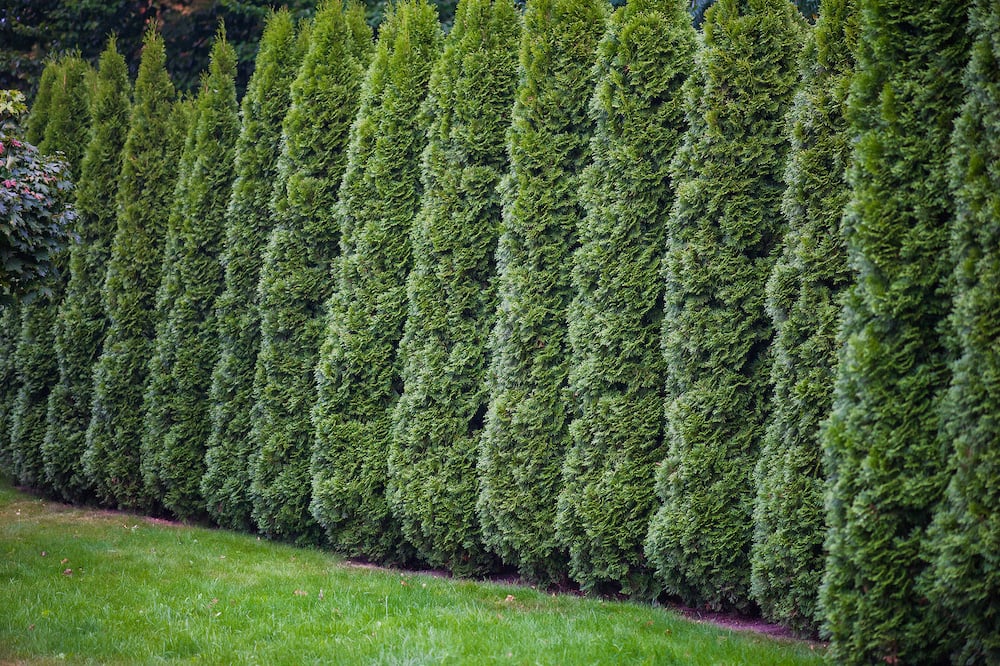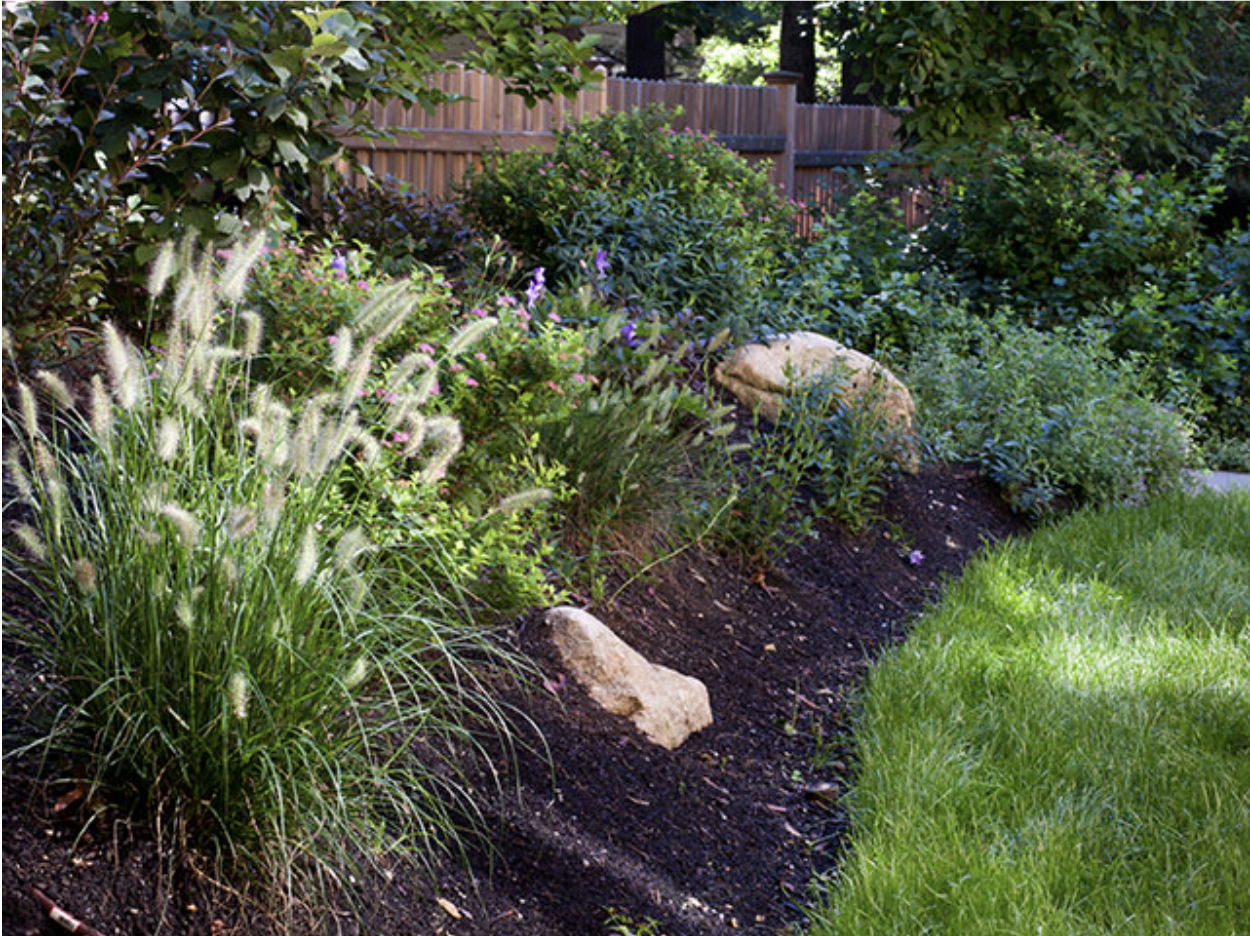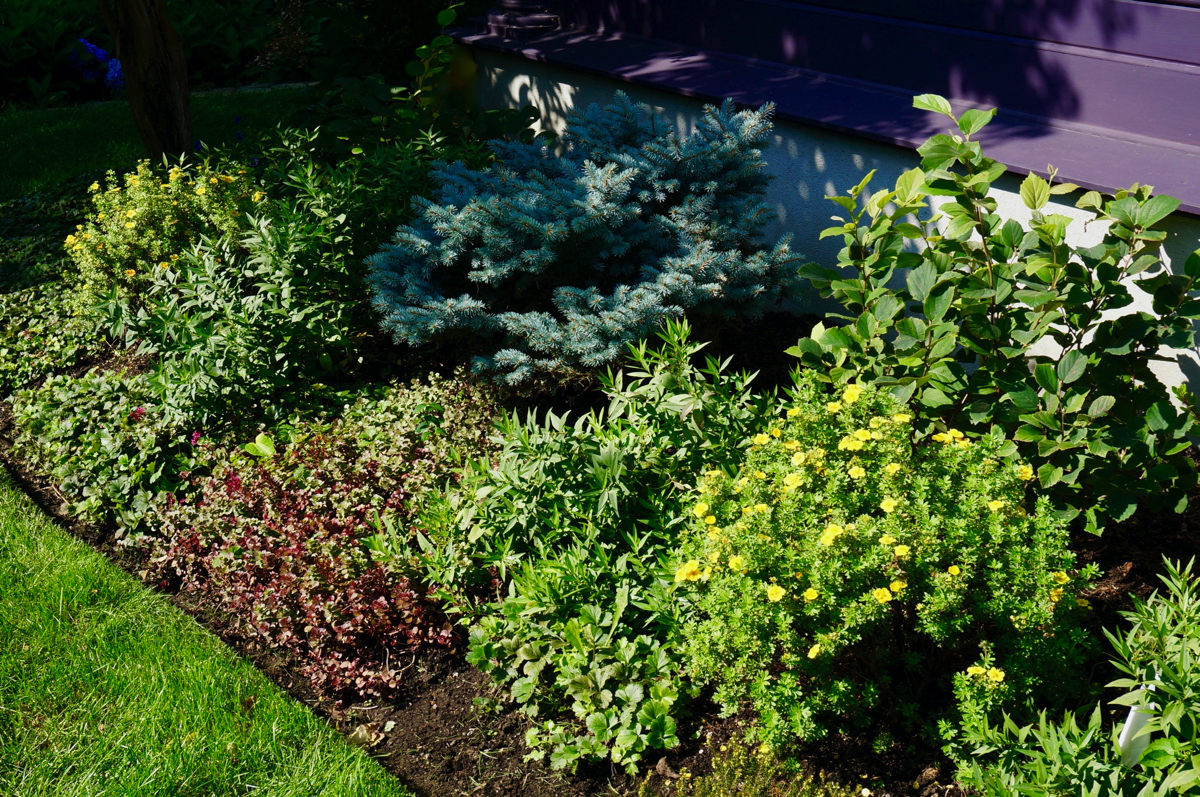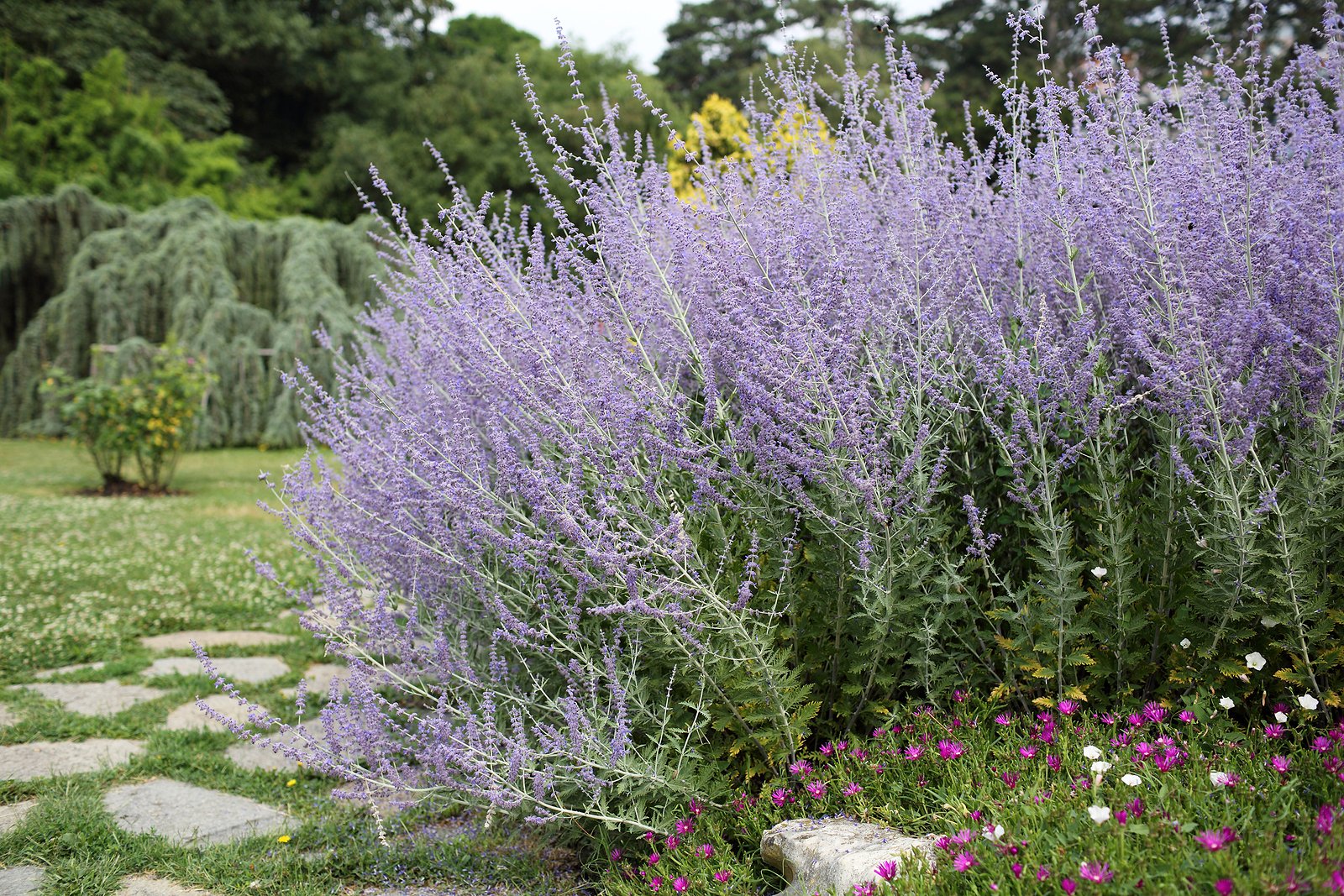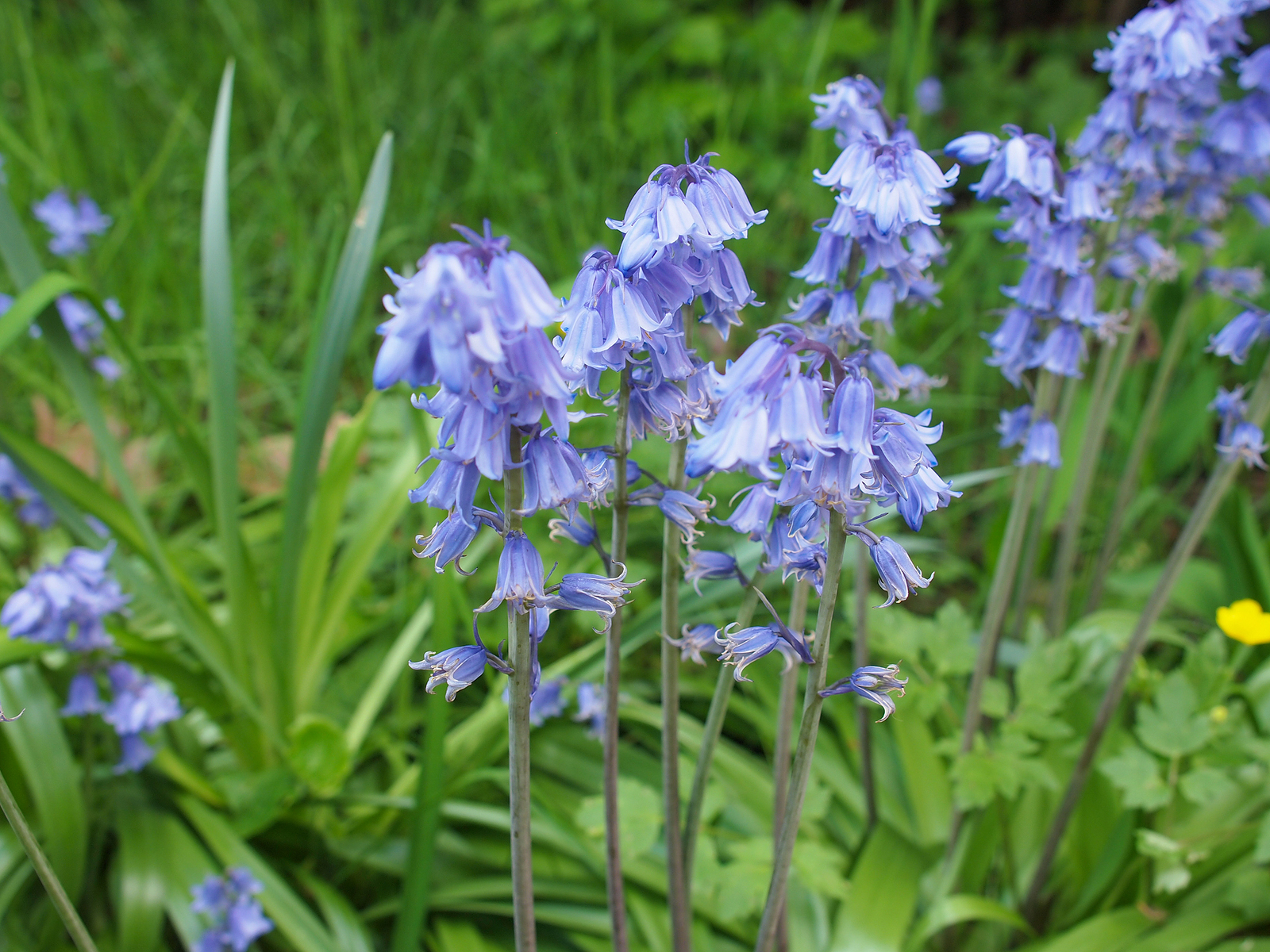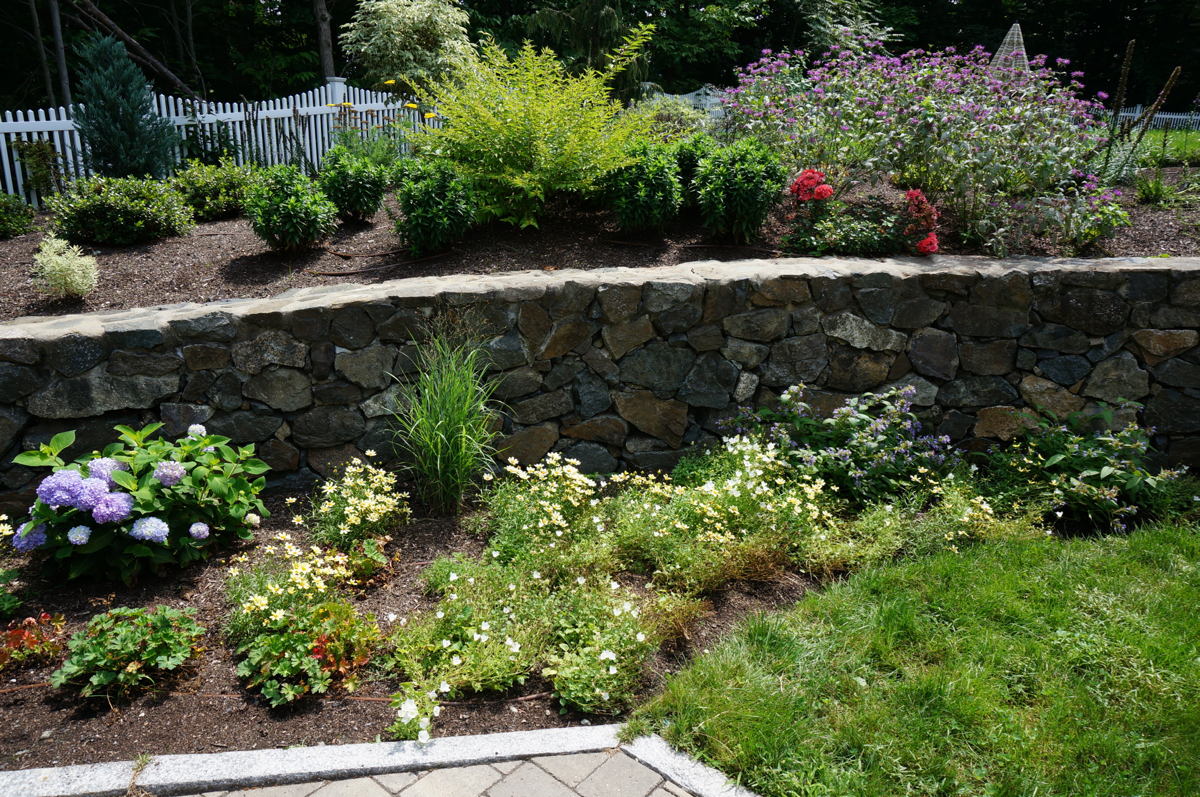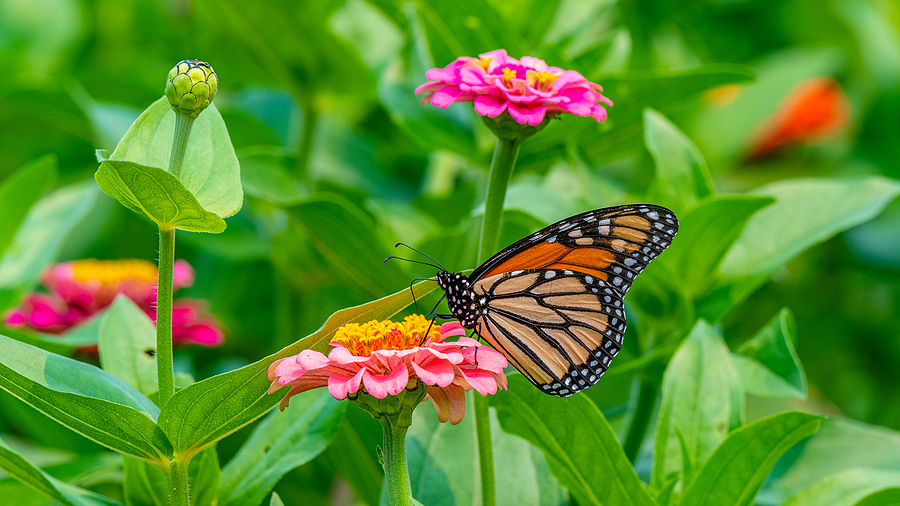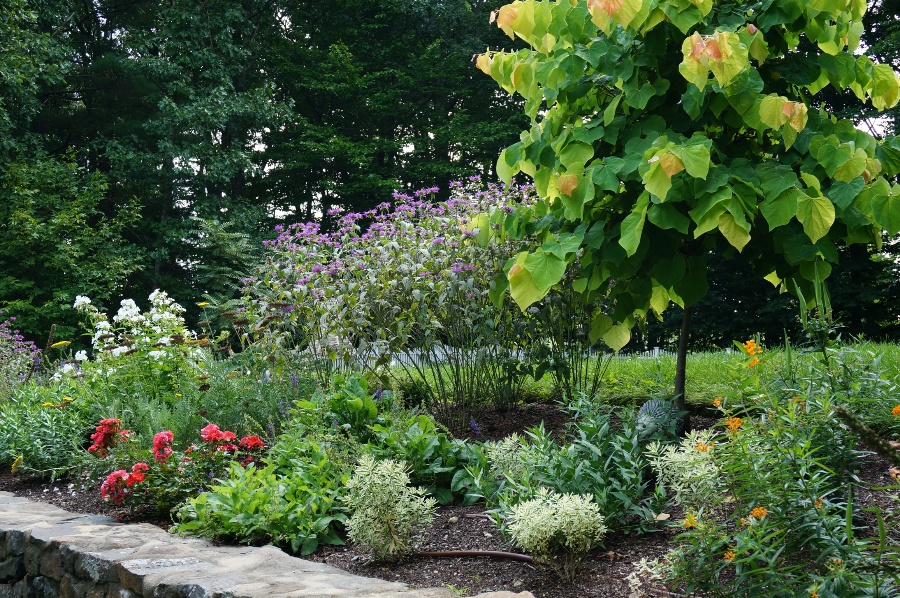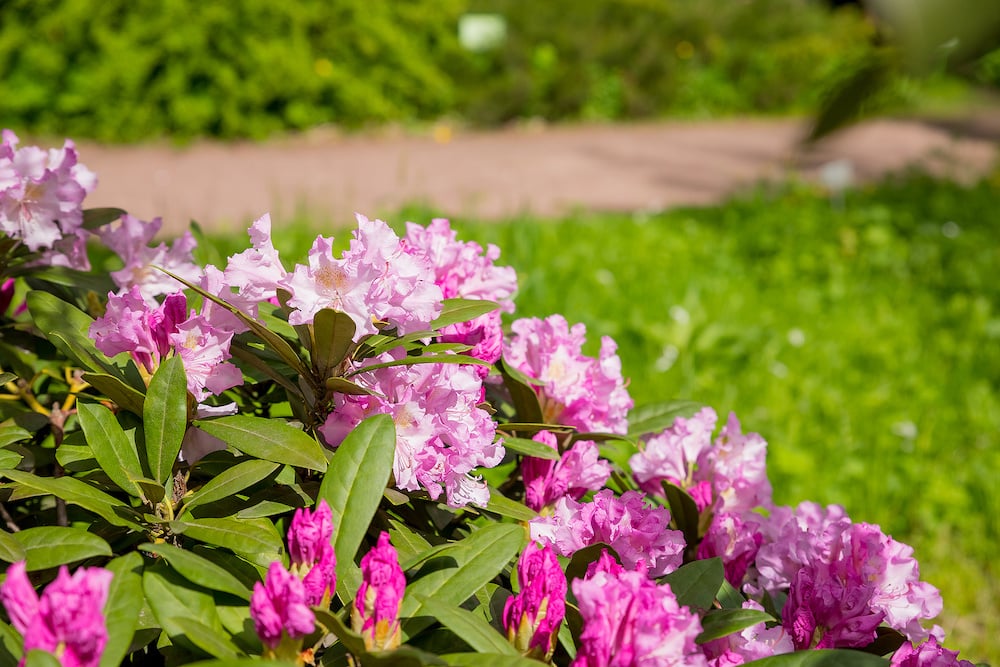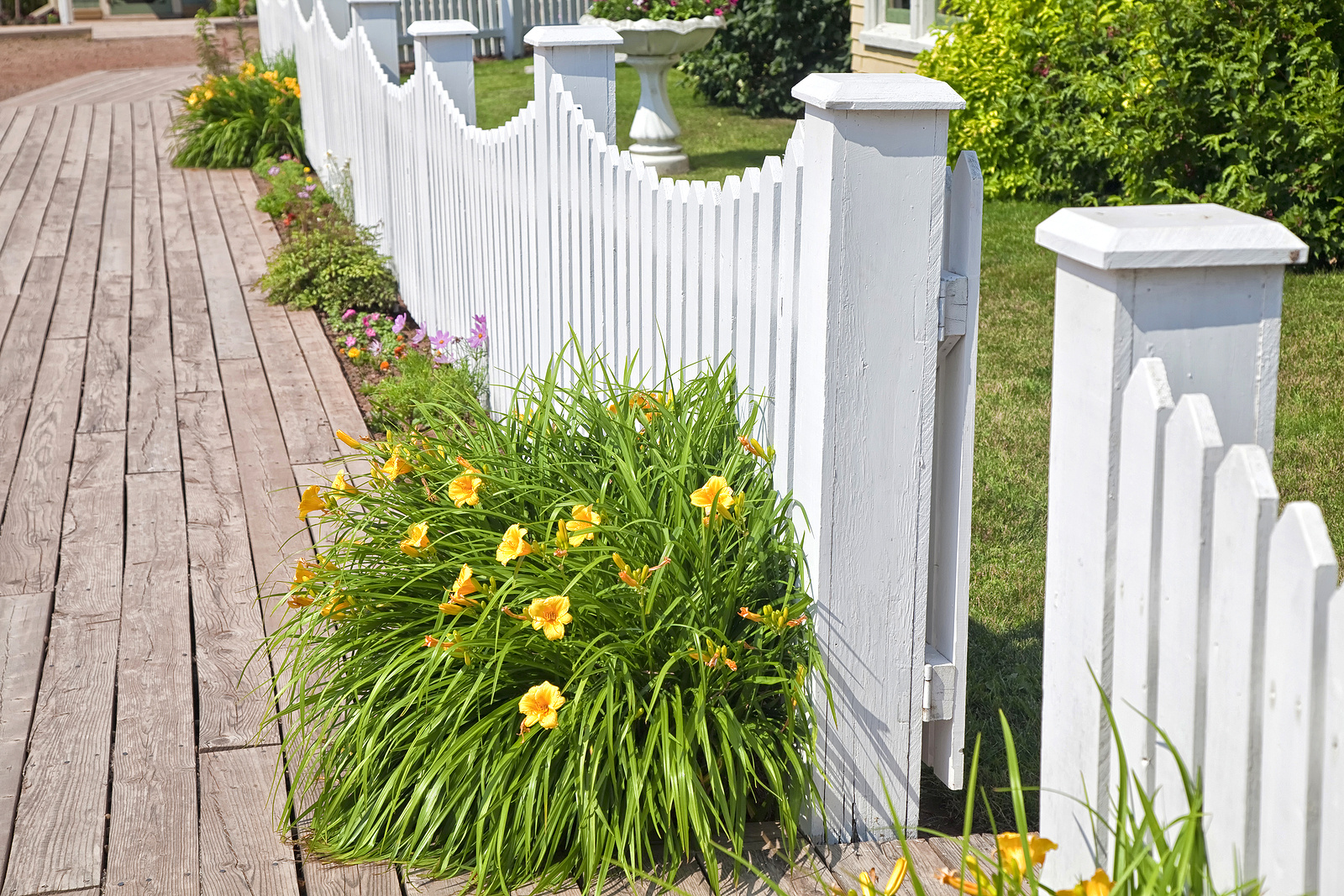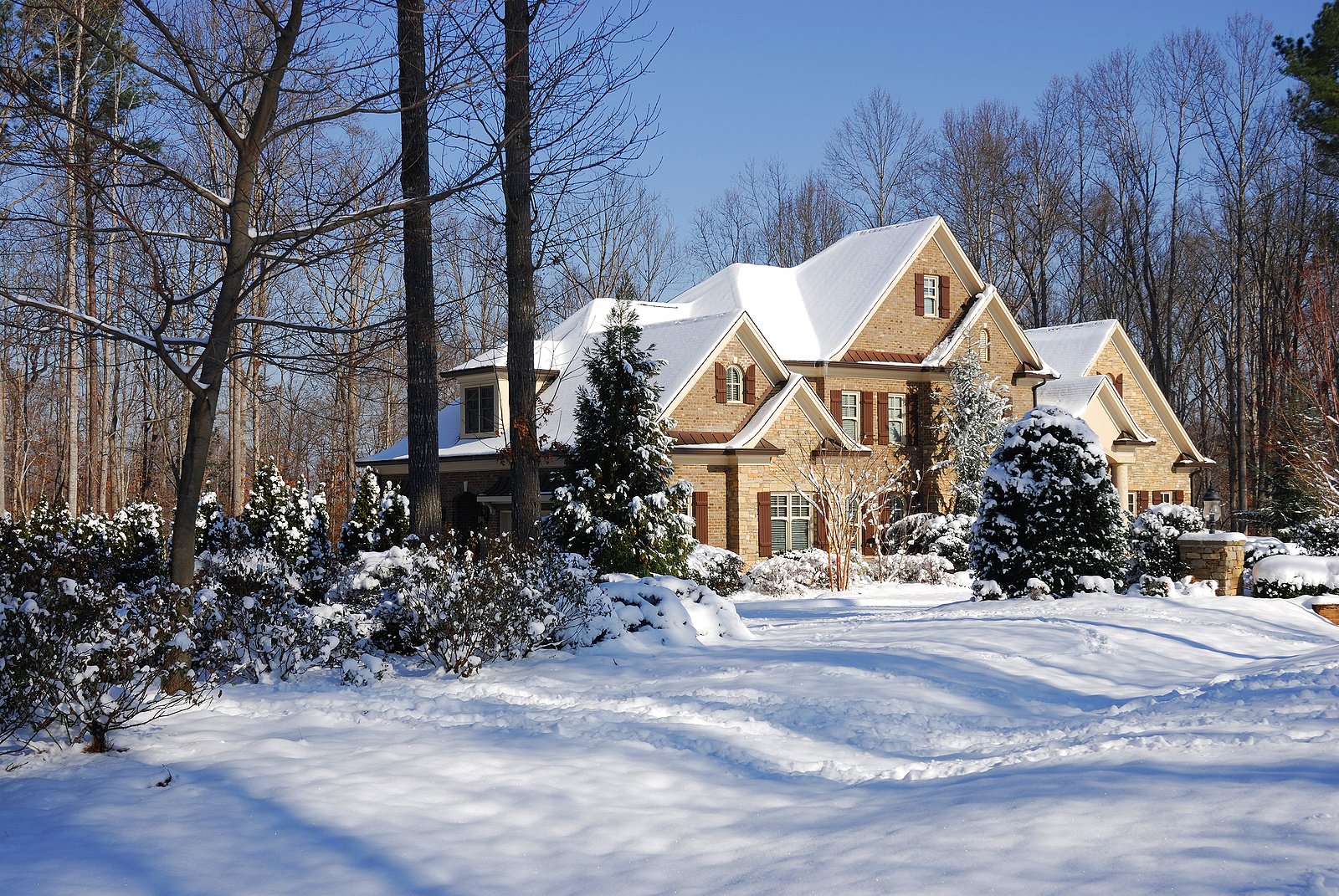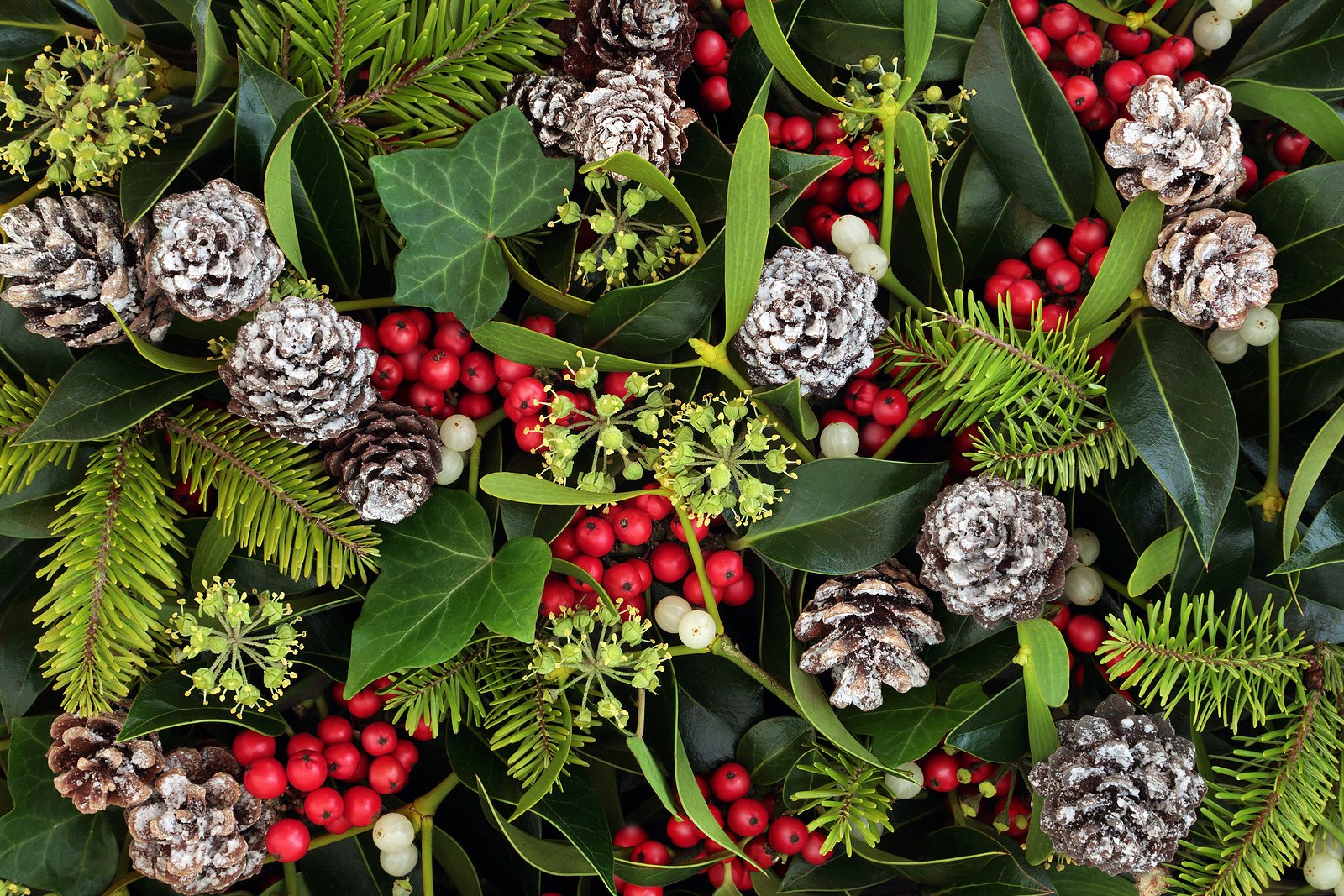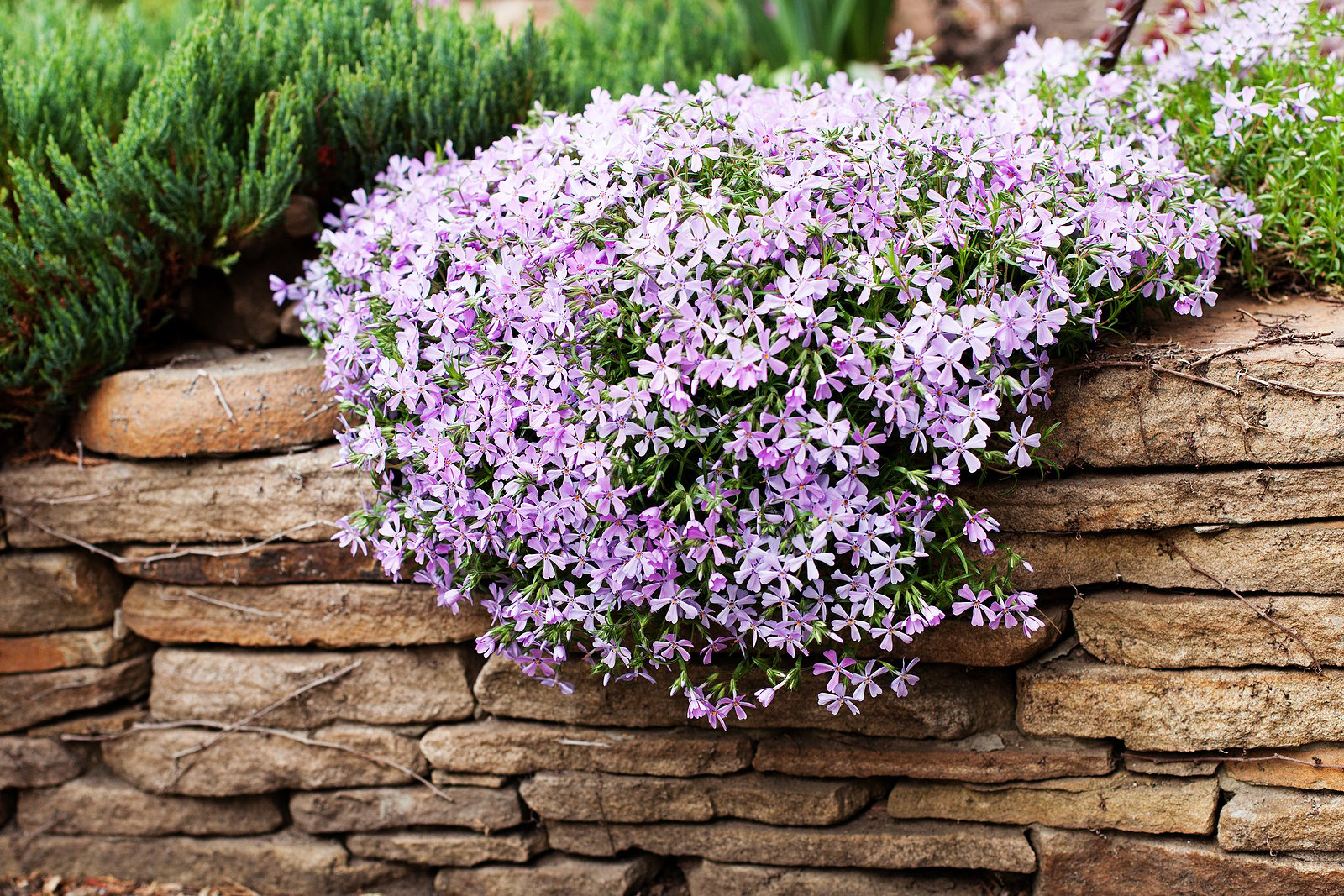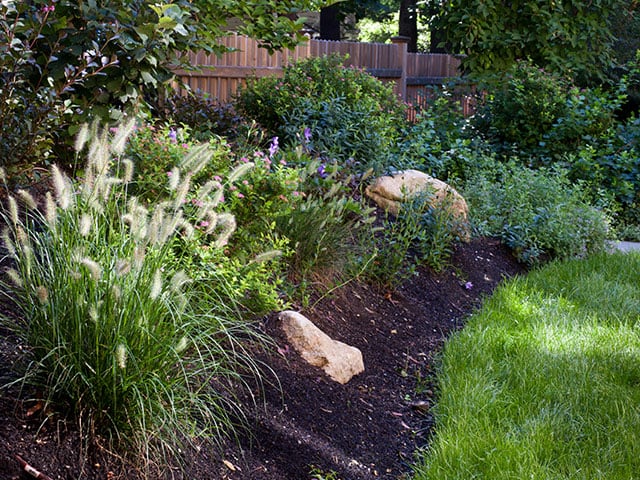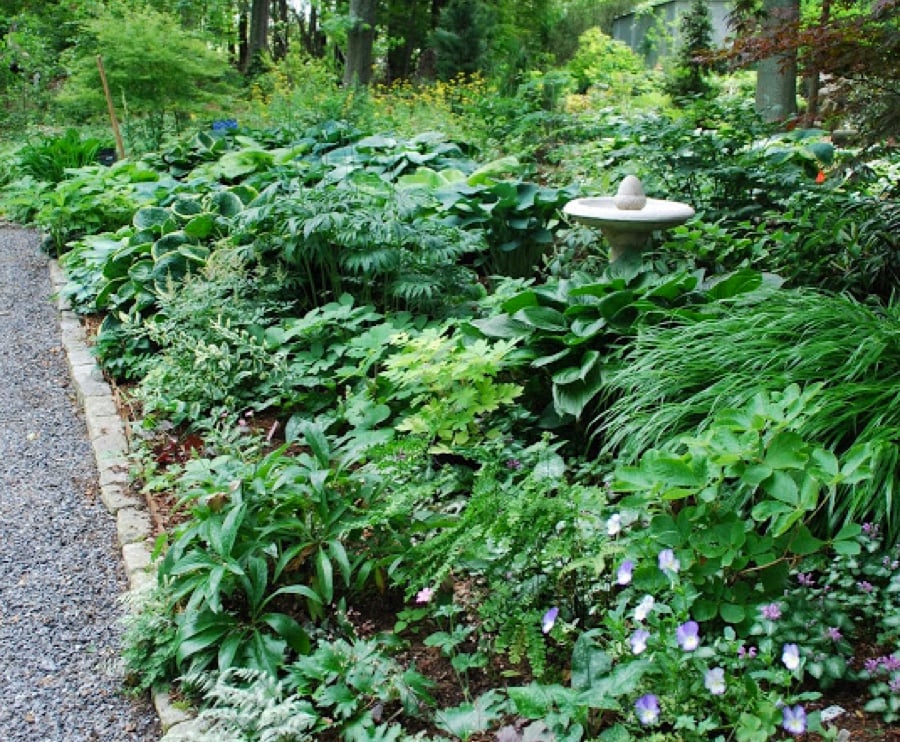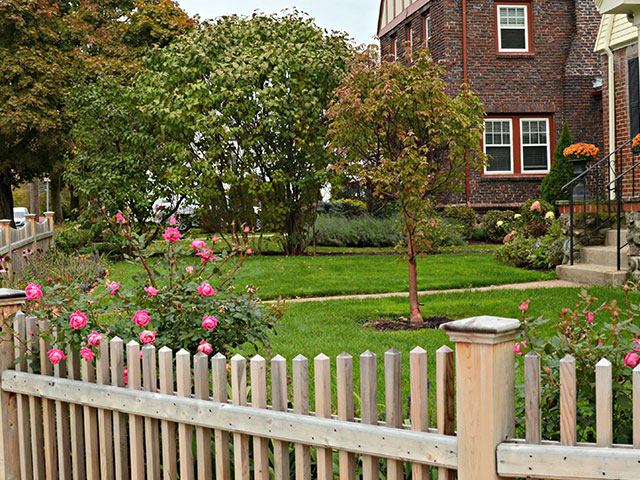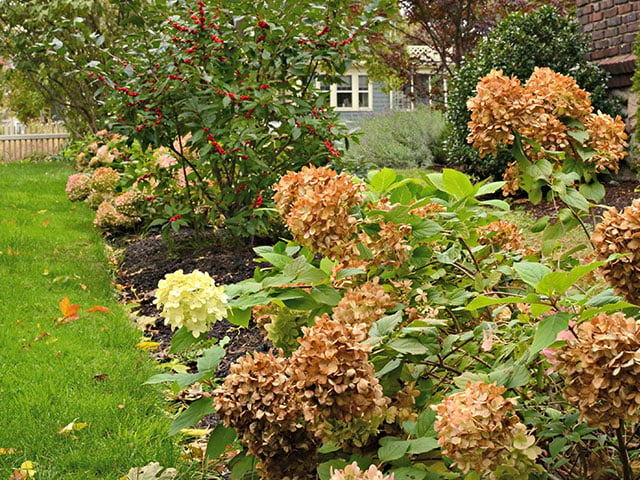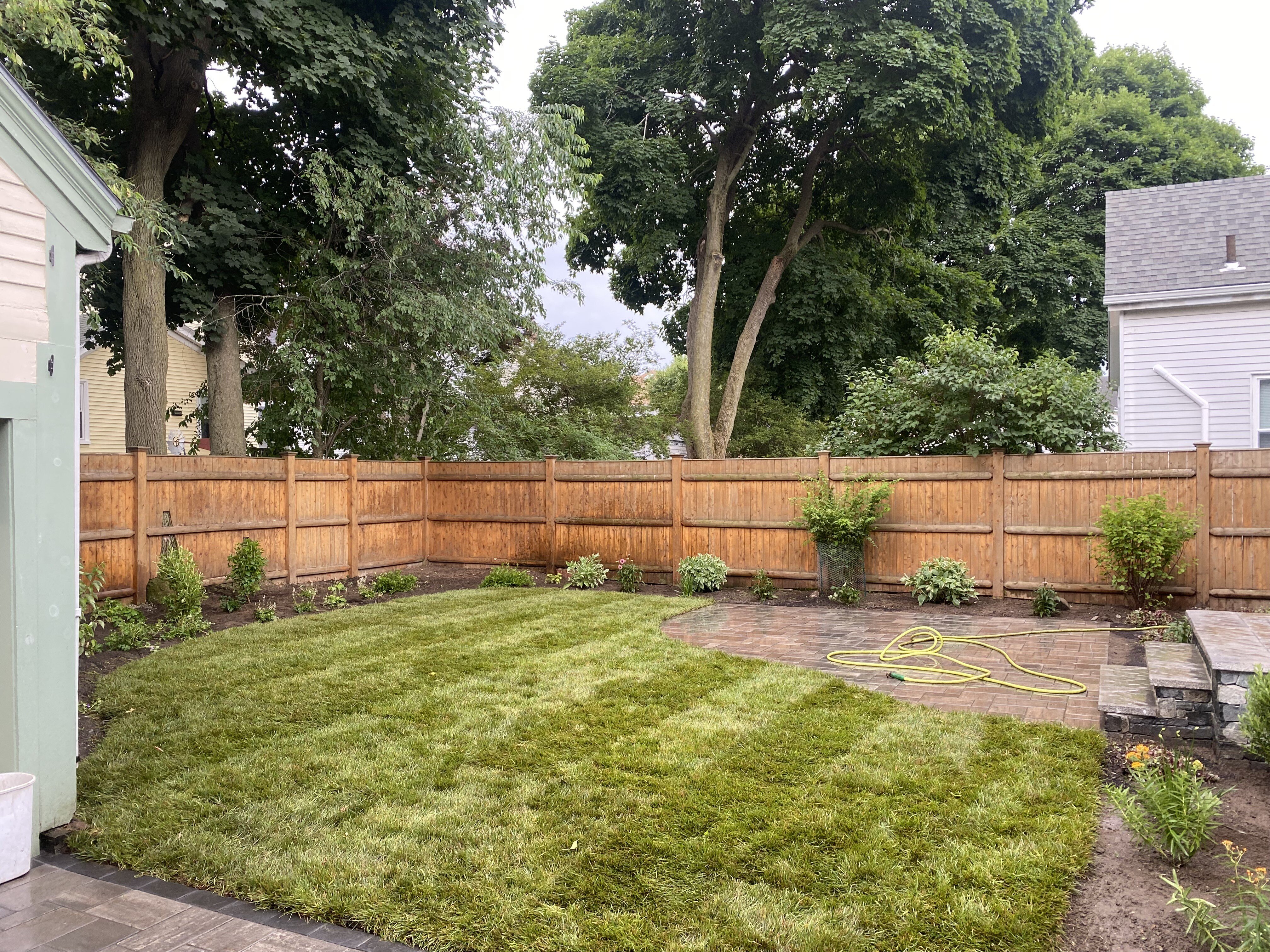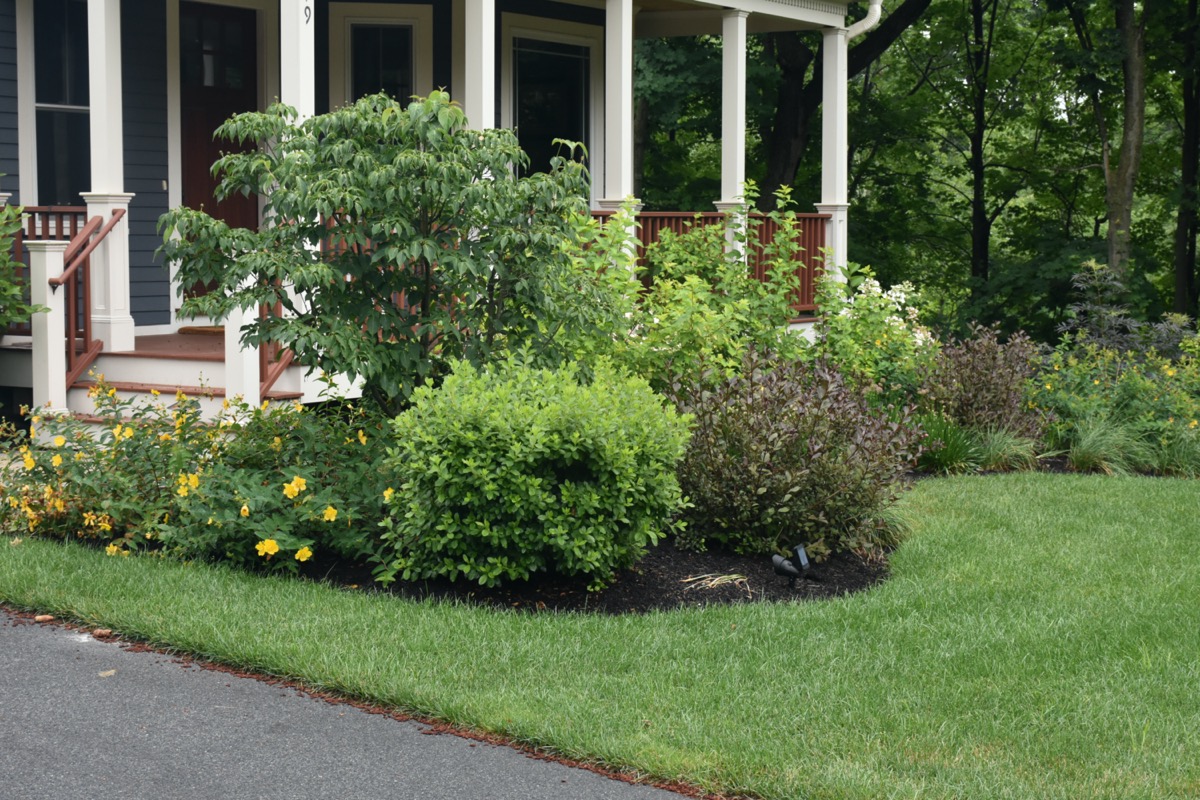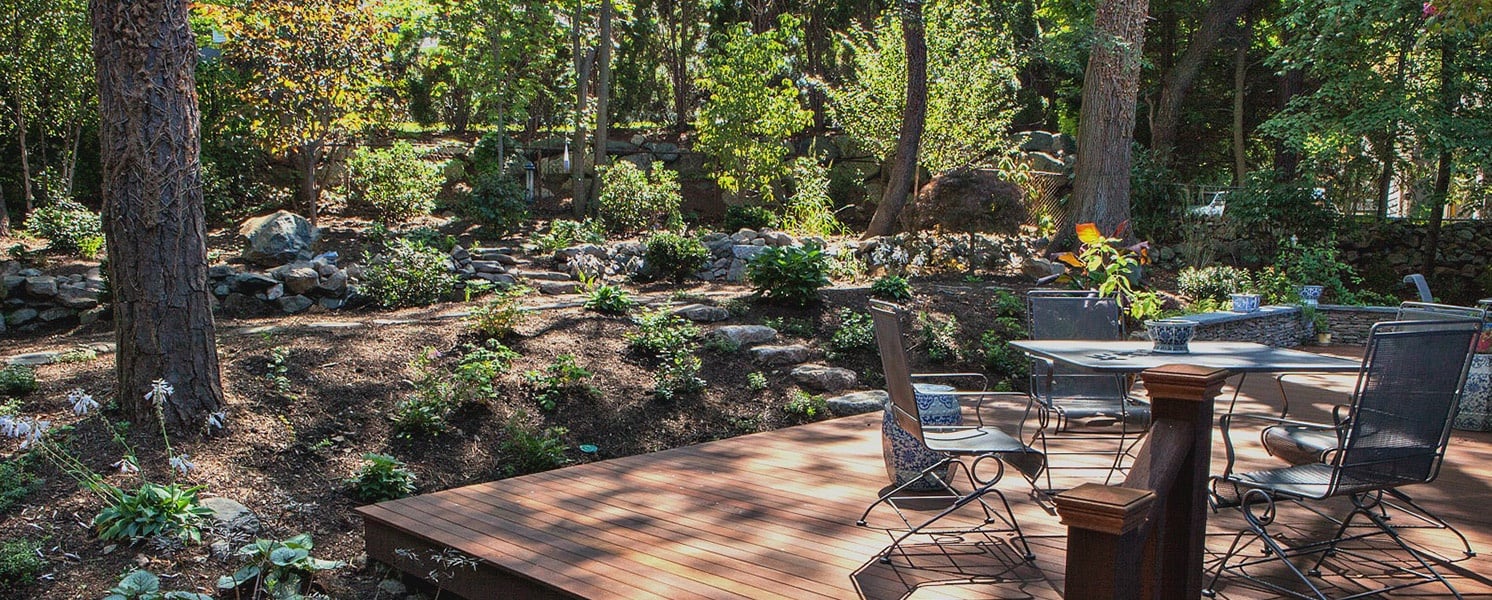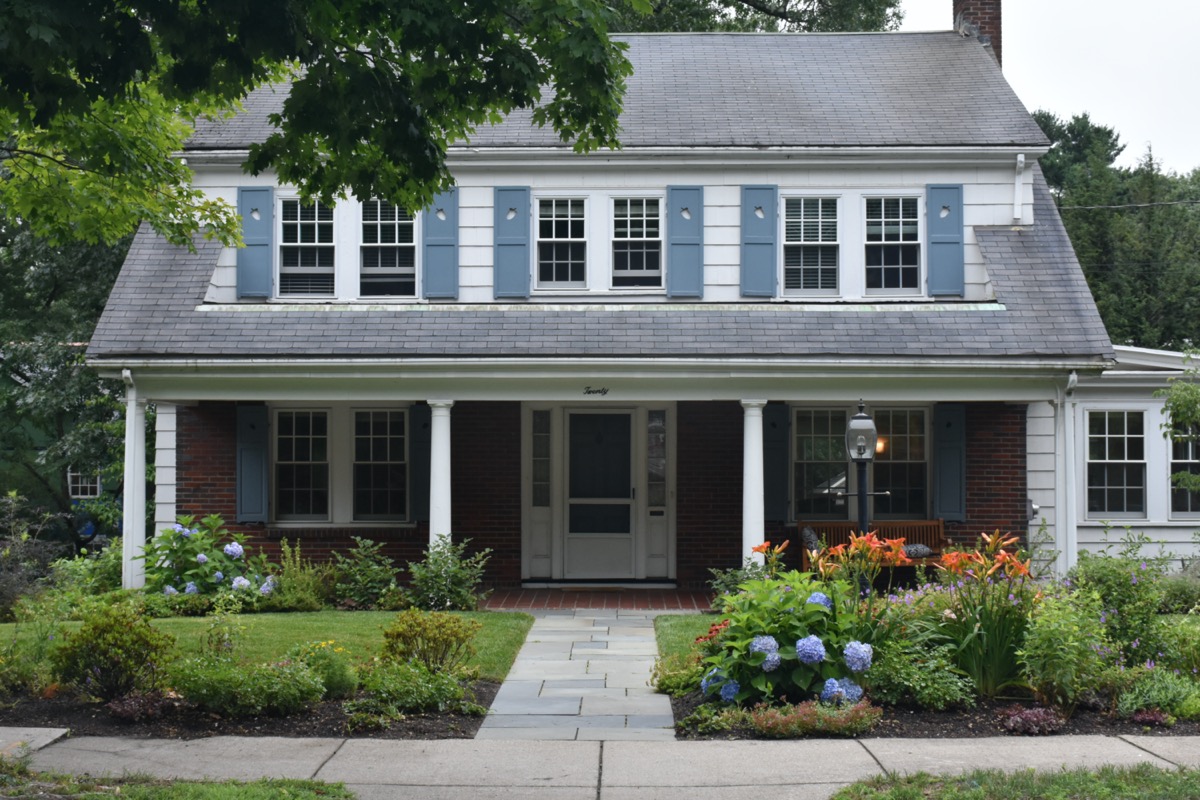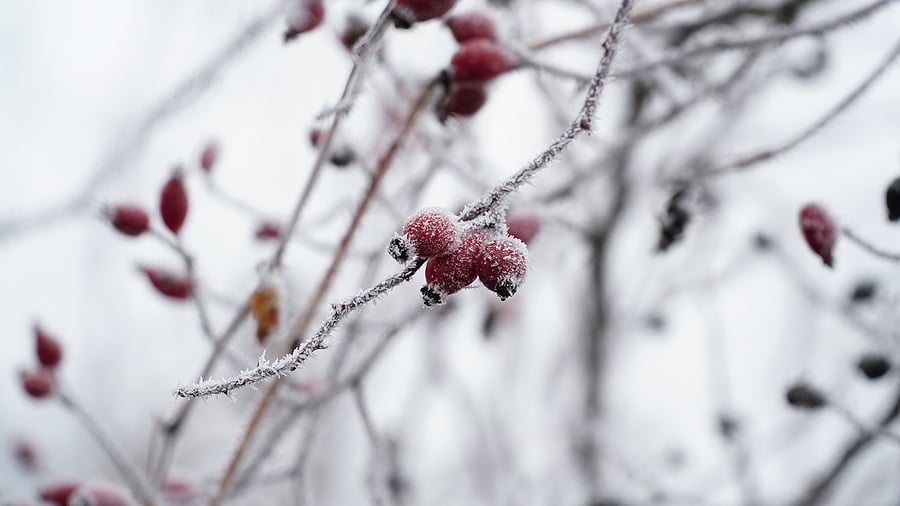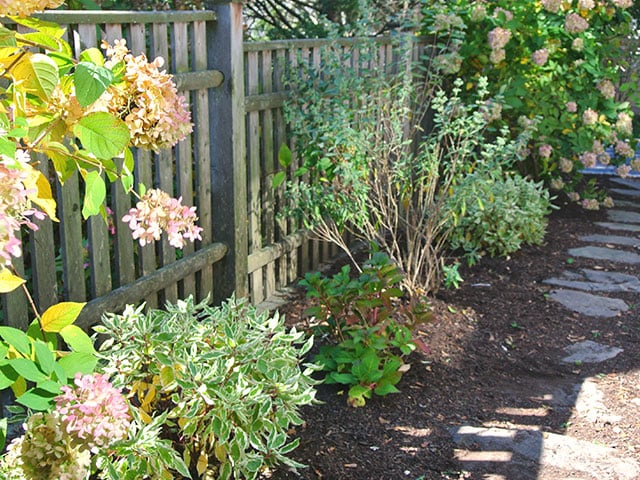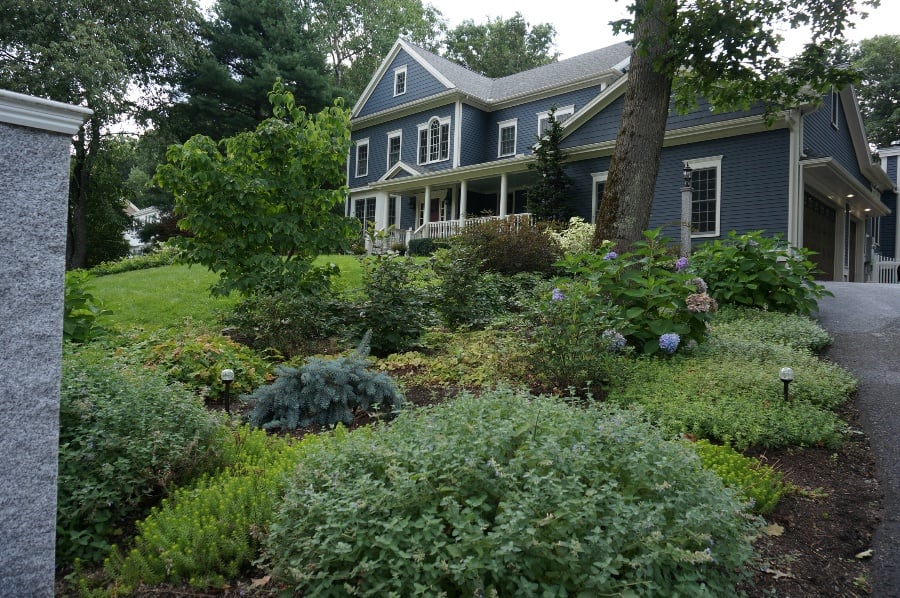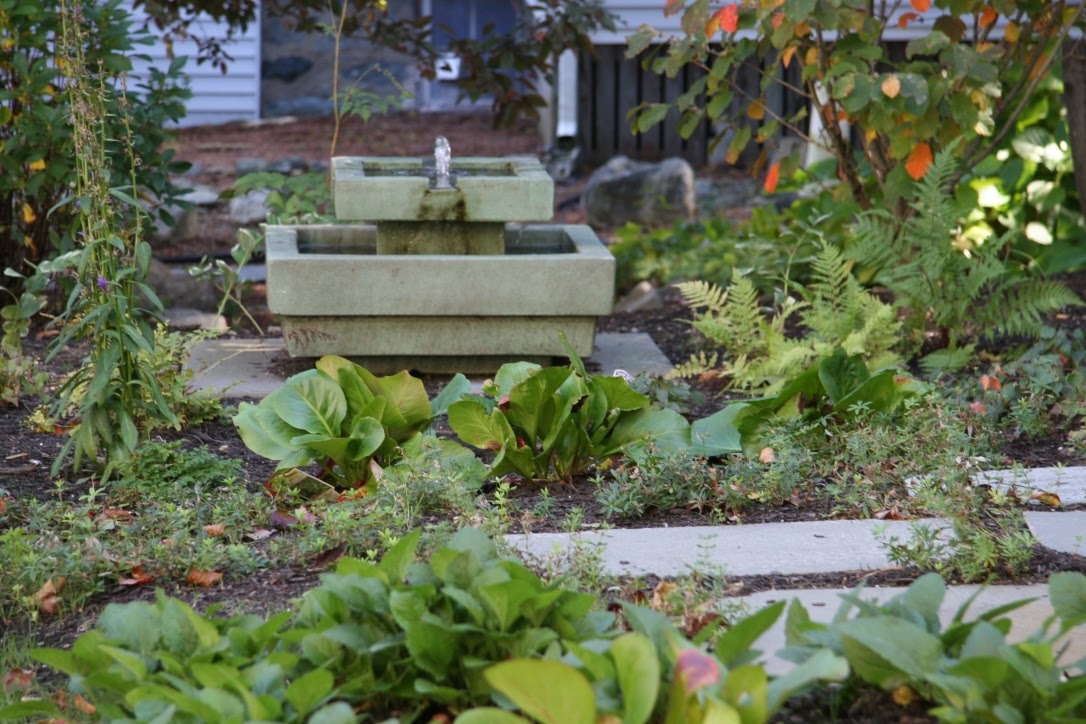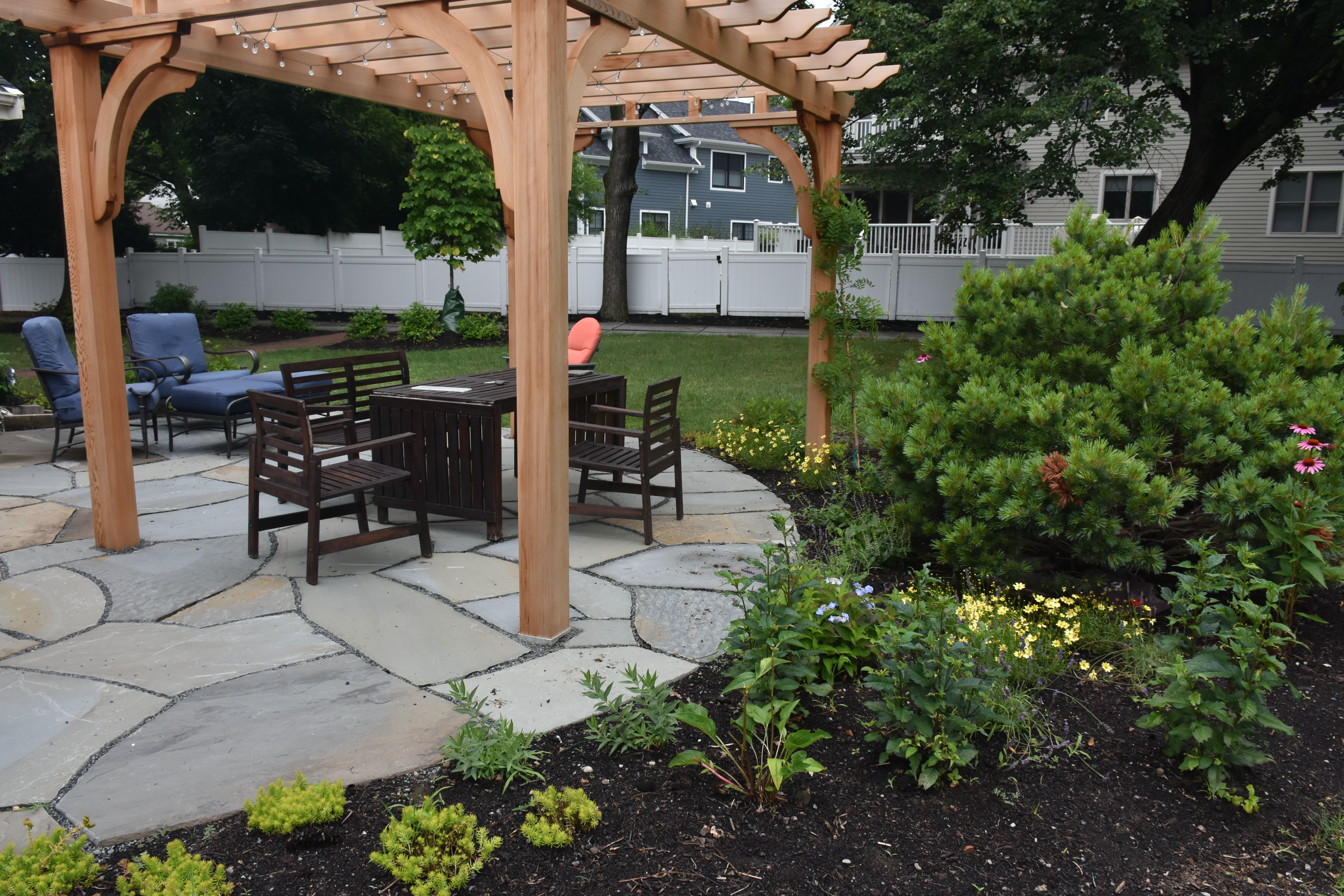Home lawn care has been a subject of human interest since around the 11th century, with the Japanese sodding areas around their gardens with turf grasses taken from livestock fields. Since then, with the introduction of exotic grass species from all over the world and modern lawn equipment, our lawns today are a long way from where they began all those years ago.
What was once a mix of replanted native grasses and weeds has become monocultures of imported and genetically modified grasses. In their defense, these carefully curated grasses look great to the human eye, but all wildlife sees is a desert.
Where modern lawns went wrong
While a perfectly manicured lawn may make your HOA happy, that tightly trimmed expanse of grass may not be so great for the environment. A typical lawn has little to no benefit for wildlife, and can consume lots of valuable time and resources just to maintain. Over the years, the culture around lawns and lawn care has become increasingly focused on perfection, and moving away from the beautiful imperfections of nature.
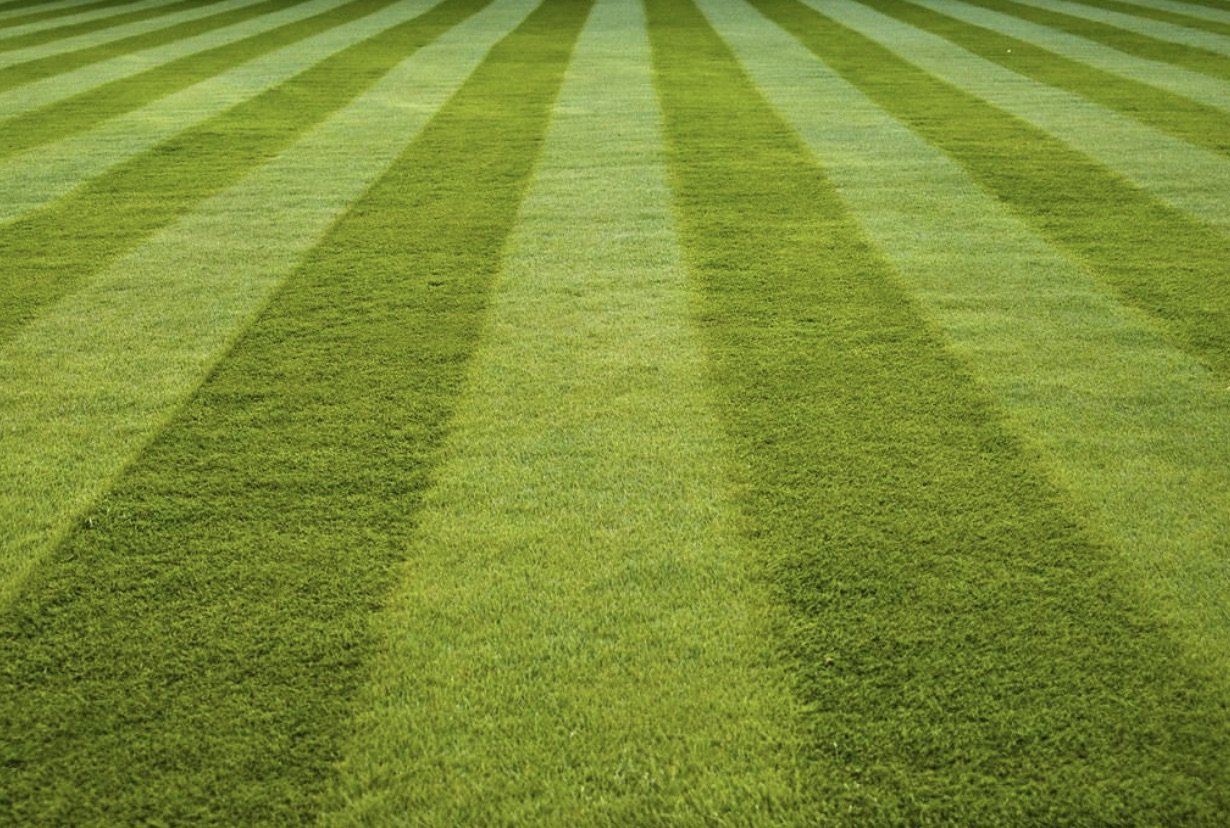 Monoculture
Monoculture
Monoculture is a term typically used in agriculture to describe a large area of a single crop, but it can also be used to describe many American lawns. Having only one species of grass can be aesthetically pleasing, but it will not only consume a large amount of resources to maintain, but can often be inhospitable to beneficial pollinators and other wildlife.
The lack of biodiversity can lead to soil acidification and other imbalances requiring chemical treatments to correct. Also, the lack of genetic diversity in many commercially available grass seeds gives little to no resistance to pests, disease, and drought.
Unsustainable maintenance habits
Along with attempting to maintain unnatural monocultures, some common maintenance habits could be damaging to your lawn and the ecosystem surrounding it. Mowing your grass too short, or too often can be damaging and can require more resources to recover.
While a tightly trimmed yard may look good to some in the short term, grass cut too short will not retain moisture as well as taller grass, requiring more water, which may not always be an option in times of drought. Short grass also has decreased surface area for photosynthesis, which can hinder its ability to provide energy for itself.
How to make your lawn more sustainable
Fortunately, maintaining a healthy, biodiverse lawn that can live symbiotically with the native flora and fauna is actually less work than maintaining a traditional monoculture lawn. Most of maintaining a monoculture is just fighting nature from taking back over, so in many cases just backing off and letting nature do its thing is the best approach.
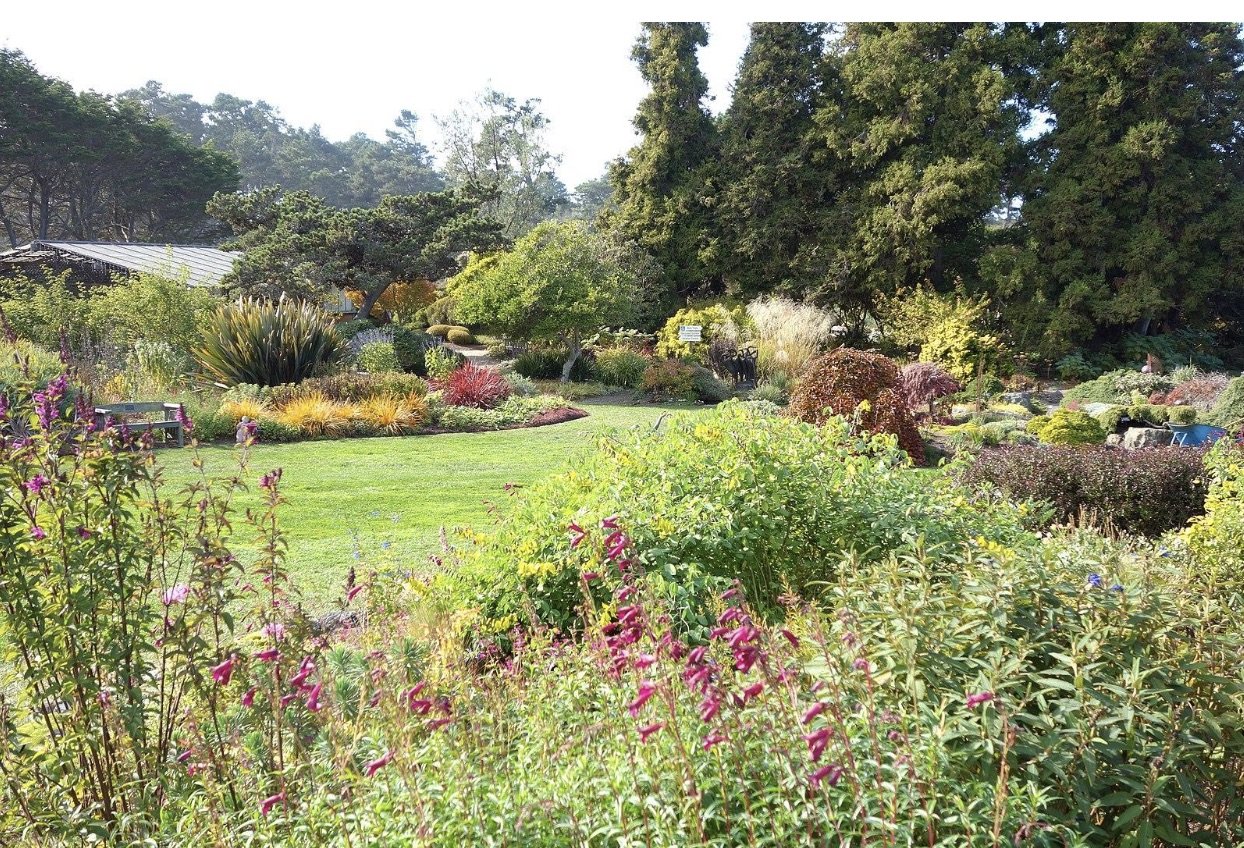
Allow biodiversity
While an entire yard full of garden space may be a dream for some, lawns are great outdoor spaces for recreational activities. But there can be a compromise between having meticulous turf and a wild field of native species.
Increasing the diversity in your existing lawn can actually end up being less work than maintaining a monoculture. Native grasses and plants will naturally invade your lawn over time, and rather than pulling or poisoning them, let them be a welcome addition to your lawn.
When trimmed to a uniform height, a healthy, biodiverse lawn can still be the envy of your neighborhood, and the added resilience of having multiple species will minimize the risk of pest or disease outbreaks, and native species are often much more resistant to drought than imported varieties of grass.
Rewilding
If you have spaces that are rarely used, consider letting them grow unhindered. The local wildlife (especially bees) will love it, and you might be surprised by the beauty of the different species of native wildflowers and other vegetation that will grow there given enough time. You can always trim these areas back down in the fall.
Use native seeds
When starting a new lawn, grass seed can be purchased pre-mixed with different varieties of native grasses. These native seed mixes also can be used to increase biodiversity in existing lawns and will add a great deal of resilience to your lawn.
Let the grass grow
When maintaining your sustainable lawn, it is best to leave the grass taller. Not cutting the grass at all would be the best practice for the environment, but a minimum height of 2 to 3 inches is a happy medium. Taller grass is better at retaining moisture so it will be more resilient to drought, and also will be more efficient photosynthesizing leading to healthier grass. Also, be sure to leave your grass clippings behind. Grass clippings will decay and return nutrients into the soil, which is vital for new growth.
More garden
Many gardeners like to joke that their garden is slowly taking over their entire yard, and that may not be a bad thing!
Possibly the best solution to a monoculture lawn is simply to have less lawn. Increasing garden beds and hardscapes can increase biodiversity, and provide habitat for insects and other wildlife in space that would otherwise be occupied by grass. Planting flowers can provide sustenance for bees and other pollinators, or planting food species can provide sustenance for you and your family.
Either way, replacing lawn with other green space is great for the environment, and can greatly reduce the amount of effort required to maintain your outdoor spaces.
Alternative ground cover
Aside from grasses, things like clover and mosses can make excellent ground cover and require little to no maintenance. This can work exceptionally well for heavily shaded areas, where you may have been struggling to get grass to grow in the first place.
Summary - sustainable lawns and lawn care
Employing some or all of these methods will surely bring all kinds of new life to your property and at the same time bring back glimpses of what it would have looked like before your home was ever there. Whether you decide to completely rewild your yard, or just slightly adjust your lawn care habits, being mindful of the environment not only benefits your local wildlife, but can also help your garden, and make lawn care easier at the same time! Making your yard kinder to nature doesn’t have to hurt your curb appeal.
Want to learn how to create a landscape for your yard that will help you relax, connect with nature, and replenish your energy? Please download our free ebook, How to Maintain Your Landscape and Transform It Into a Beauty You'll Love.
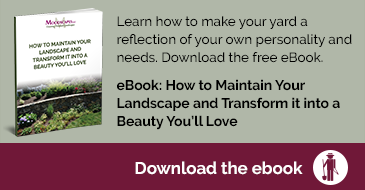

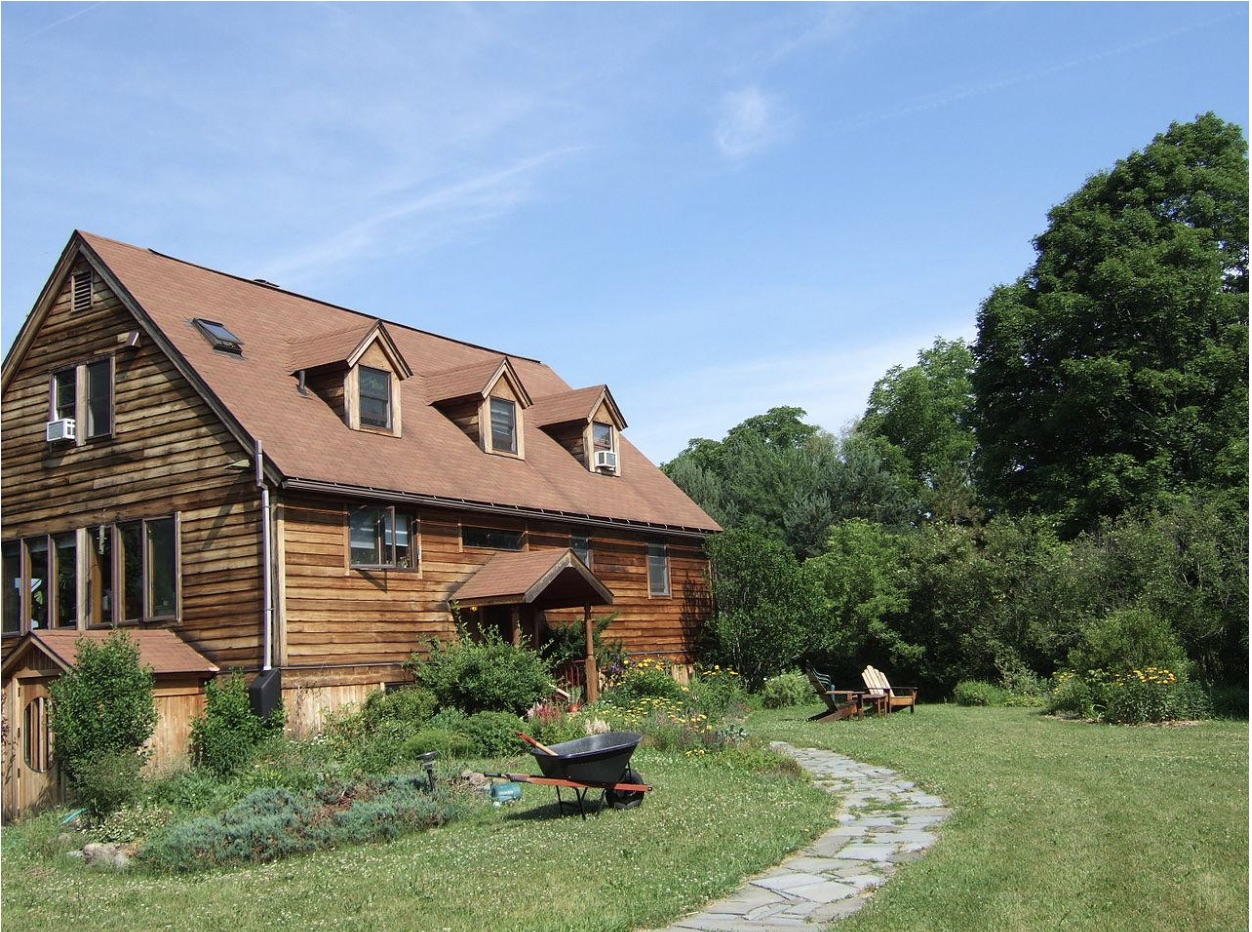
 Monoculture
Monoculture

